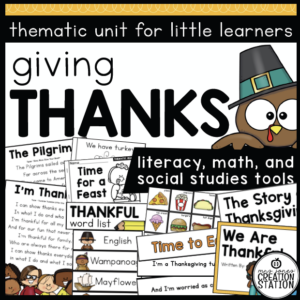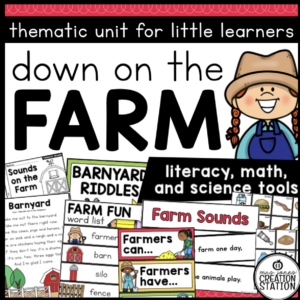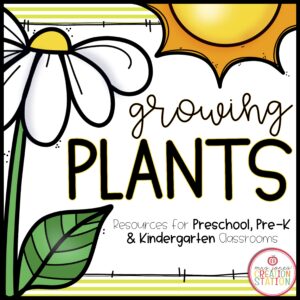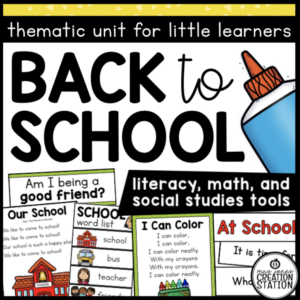Menu
This resources includes fire safety thematic lessons, activities, poems, songs and centers for your little learners.
Buy the BUNDLE and SAVE! You can purchase this resources in the Thematic Activities for Little Learners Bundle and the Little Learners Mega-Bundle!
____________________________________________________________________
Week 8 Plans
This is a template for lesson plans during fire prevention week of school. Pick and choose what ideas and resources work for your learners.
Fire Safety – Whole Group
These resources can be used during whole group instruction for a fire theme. They include a poem, word cards, tracing page and table sign in sheets.
Firefighters Interactive Poem
Use this poem during a thematic lesson, whole group or a literacy center and have learners change the words and read the poem.
Fire Thematic Plans
Use these plans as a guide for engaging fire safety read alouds and activities in the classroom.
Helpful or Harmful
Read Fire Is and work together to sort the pictures by whether the fire is helpful or harmful. Have learners complete the printable.
What Fire Needs
Read Fire! Fire! and complete the fire science experiment to determine what fire needs to burn and what fire creates.
Fire Safety
Read Stop, Drop and Roll and act out the ways to say safe in case of a fire or emergency.
Firefighters
Read I Want to be a Firefighter and complete the firefighter charts togethers. Have learners complete the firetruck craft or make their own with construction paper.
Fire Safety Visitors
Call your local fire department and ask if they are able to visit your school.
Fire Station Sensory Charts
Explore a fire station with the five senses. Complete the charts together and have learners draw and write about fire stations using their senses on the interactive page.
Firefighters Predictable Chart Class Book
Use this resource to create a class book from the predictable chart created during the week.
Literacy Center | Building Letters
Have learners use black dots or spray paint glass rocks black to create each letter on the mats provided.
Literacy Center | Syllable Sort
Have learners sort the pictures by the number of syllables they hear in each.
Literacy Center | Sight Word Write the Room
Have learners find the sight words around the room and write the word on the printable provided. (two sets included)
Math Center | Counting
Have learners count the correct number of flames for each number mat.
Math Center | Match the Pattern
Have learners determine each pattern and find the pattern that matches.
Math Center | Number Order
Have learners place the fire trucks in the correct number order.
WEBSITE | FACEBOOK | INSTAGRAM | PINTEREST | TEACHERS PAY TEACHERS
© Mrs. Jones’ Creation Station, Inc
SaveSave
How can I see what is new in the MJCS store?
Be the first to know about new discounts, freebies, and new products. You can also subscribe to our newsletter to receive access to resources only available to MJCS subscribers, as well as, special offers and ideas!
How can I get credit for my TpT purchases?
Go to your account button at the top of the page. Under the “Buy” section, click “My Purchases “. Beside each purchase you’ll see a Provide Feedback button. Simply click the button and you will be taken to a page where you can give a quick rating and leave a comment for the product. Each time you give feedback, TpT gives you feedback credits that you use to lower the cost of your future purchases. Please leave detailed feedback for each resource, so we are able to create better resources for teachers and students.
How can I find a certain activity in a large PDF file?
If the resource you purchase has a variety of activities compiled into one PDF find the table of contents and click on the activity title. This should take you to that specific activity in the resource.
What can I do if I have a question about a resource?
If you have any questions regarded a resource before purchasing please email me at mrsjonescreationstation[at]gmail.com. Once you have purchased the resource you may use the “Product Q and A” tab on the product page to ask a question, as well.
How do I know if a resource has been updated?
Go to your account button at the top of the page. Under the “Buy” section, click “My Purchases “. Choose to “sort by: recently updated” to see what resources have been updated since you downloaded them last. You can download any updates from there. If a file has been updated, you will see a notification under the resource that says “Newly Updated – Download for Free!”
This item is a paid product created by Mrs. Jones’ Creation Station, Inc. Copying any part of this product, redistributing, selling or placing it on the internet in any form is strictly forbidden and is a violation of the Digital Millennium Copyright Act (DMCA). Thank you for respecting our work!
YES, YOU CAN…
NO, YOU CAN’T…
Click here for a detailed post with step-by-step directions.
You will need to download fonts specified in the resource and install it on your computer before downloading the editable file.
Install the most recent version of Adobe Reader onto your computer. If you have any problems editing, viewing or printing a file make sure your Adobe Reader is updated.
Now you can download the file to your computer. Once the file has downloaded open in Adobe Reader. You should be able to view the editable fields and the text should match the product description. If you have any problems editing the file, make sure you have followed the directions above and then contact me at mrsjonescreationstation[at]gmail.com




